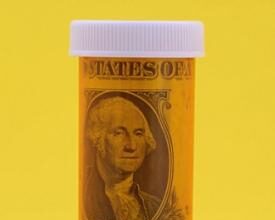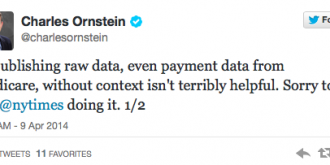Posted in Knowledge & MedicinePharma & DevicesPolitics & The LawScience & Research
Posted in Knowledge & MedicinePharma & DevicesPolitics & The LawScience & Research
Per capita spending on children’s health care rose to $2,123 in 2010, an almost 20 percent increase from just three years earlier. Within this demo, spending on health care for infants and toddlers was disproportionately high. Although children under 3 years comprised 17 percent of the covered child population, a third of the total children’s health care dollars was spent on them in 2010. At the same time, teenagers had the highest rate of per capita spending growth, rising almost 25 percent between during this four year period, with more money going toward prescription drugs and outpatient care.
Utilization of mental health and substance abuse services by children rose nearly 24 percent over the four year period. Use of these services grew the most for children age 9-18. In addition, use of central nervous system drugs, such as antidepressants, anti-anxiety drugs, and drugs used to treat attention-deficit hyperactivity disorder, jumped more than 10 percent. Use of central nervous system drugs among teenagers was highest, with prescriptions exceeding 1 per insured child aged 14-18 in 2010.
All of this paints a troubling scenario. Are kids getting sicker, or are they receiving increasingly unnecessary outpatient diagnostic tests and procedures? Of course, there’s always the mental health data. With so many recent FDA indications given to major psychotropics like antipsychotics for the treatment of everything from bipolar disorder to ADD, data like these call into question whether these interventions (treatment and diagnosis) result in favorable health outcomes, more morbidity, or increased value for those interventions.








